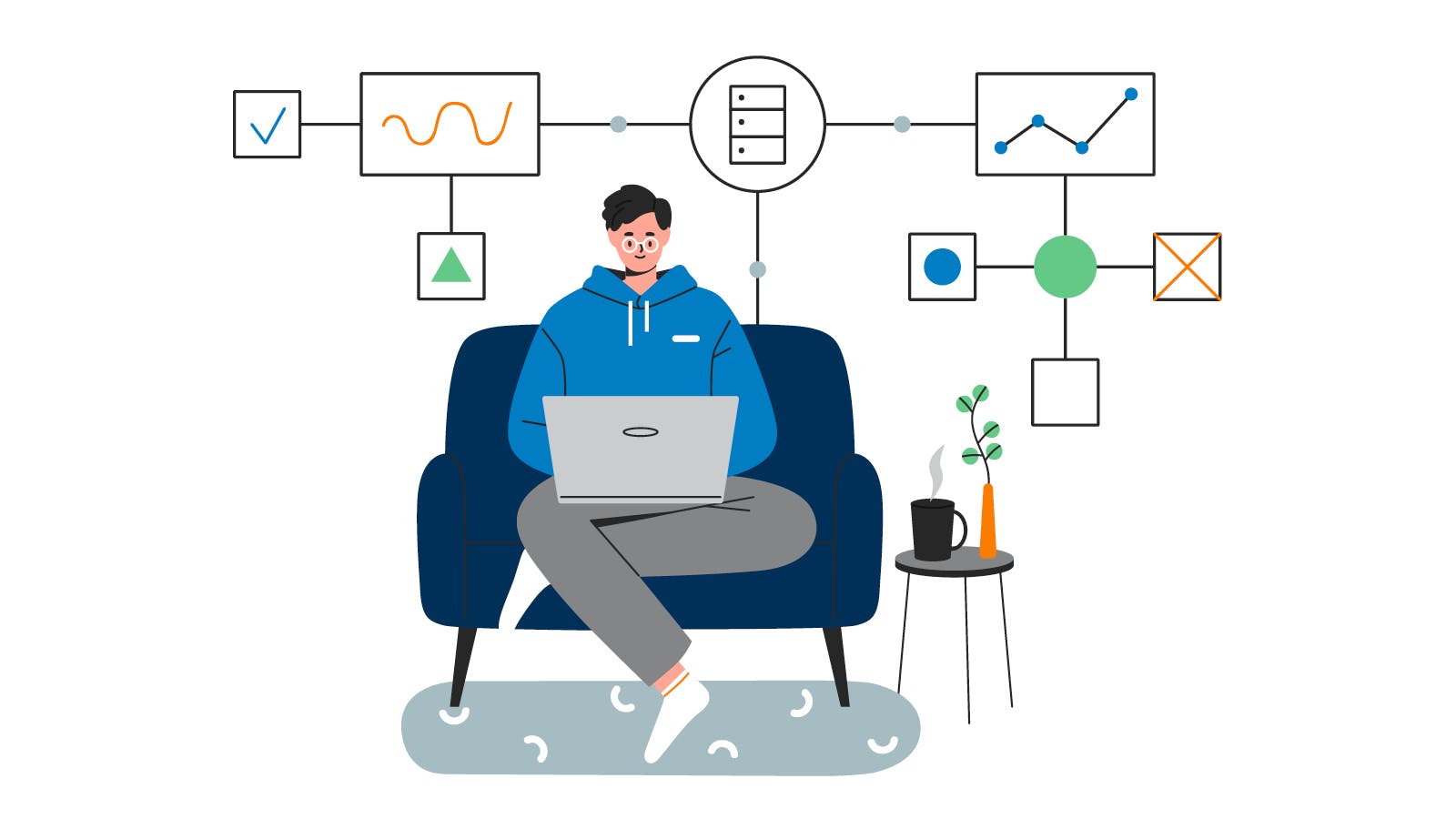Saving for a down payment? While 20% down isn’t a hard and fast rule, and your down payment amount could vary greatly depending on the market, property and loan type, having sufficient cash on hand could be one of the most difficult steps in the homebuying process. Luckily, as tax season draws to a close, many hopeful homebuyers are expecting an influx of cash. This year, get the most bang for your buck by leveraging your tax refund for a down payment.
Why should I consider using my tax refund for a down payment?
Between long-term appreciation, home equity, market-value growth, capital gains exclusion and tax deductions, prioritizing homeownership can be a prudent investment for many Americans (Investopedia, 2021). In fact, average net worth is a whopping 40 times greater for homeowners than renters (Forbes, 2020). If you’re looking to stretch, or compound, a refund check from the IRS, homeownership may be the way to go.
How can I use my tax refund for a down payment?
Last year, the average tax refund was $2,741 (Internal Revenue Service (IRS), 2020), but the exact amount (and whether or not you will get a refund or have to pay) will vary depending on your personal financial situation. With typical home values in the United States at $269,039 (Zillow, 2021) and the average down payment amount just 5.3% of purchase price (Housing Wire, 2019), a one-time tax refund of nearly $3,000 could help make serious headway in your savings plan.
The overall impact will depend on your current savings, potential refund amount, target loan amount, loan type and other factors. For example, FHA loans often require a minimum of 3.5% down (Investopedia, 2020). If you’re purchasing a home priced near the national average of $269,039, a 3.5% down payment would come to approximately $9,417. If you receive a $3,000 tax refund and apply it to your down payment, you could be nearly a third of the way there. If you, instead, opt for a home in a less expensive market like Akron, Ohio, where the average home price is $84,977 (Zillow, 2021), a 3.5% down payment comes to approximately $2,975. That hypothetical $3,000 tax refund could completely cover your down payment.
If you’d like to save up for a larger down payment, your tax refund can still make a sizable difference in your savings plan. For example, a 20% down payment on that $84,977 home in Akron would come to nearly $17,000. While most of us won’t receive a tax refund nearly that large, the average refund amount of $2,741 could still be a sizable drop in the bucket. Budgeting, trimming expenses and prioritizing your homeownership goals can help you quickly and efficiently save up the remainder.
Consider investing your tax refund in homeownership
Whether you’re just getting started saving or your down payment amount is almost within reach, consider designating this potential irregular cash receipt to your homeownership goals. Between appreciation, equity and tax deductions, you could leverage this one-time payment into homeownership goal attainment.
Published on April 5, 2021


